Pectoralis Minor Muscle
Table of Contents
Pectoralis minor muscle Anatomy
The pectoralis minor muscle is triangular in shape and is located under the pectoralis major, and both form the anterior wall of the axilla.
Origin
It originates from the,
- third to fifth ribs, near the costochondral junction.
- intervening fascia covering external intercostal muscles.
Insertion
It inserts on the medial border and upper surface of the coracoid process.
Nerve supply
It is supplied by the medial and lateral pectoral nerves.
Blood supply
The vascular supply to the pectoralis minor comes from several sources:
Thoracoacromial artery (branch of the second part of an axillary artery) gives two supplying branches – pectoral and deltoid.
Superior thoracic artery (branch of the first part of axillary artery).
Lateral thoracic artery (branch of the axillary artery).
Action
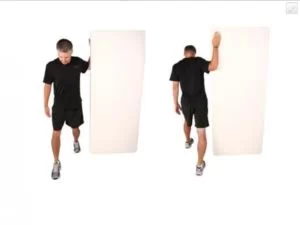
The action of pectoralis minor is to,
- draws the scapula forward.
- depresses the point of the shoulder.
- also helps in forced inspiration.
Strengthening Exercises
1. Chest Dips
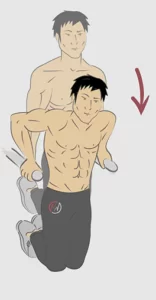
- Put one hand on each set of parallel bars. Hover your legs by kicking your heels behind you.
- Elevate your body by keeping your arms straight.
- Bend your elbows as you lean forward slightly and lower your body. Stop when you feel a stretch in your chest.
- Extend the elbows to complete one repetition.
- When you’re able to master your body weight with the dip, add extra resistance by hugging a dumbbell between your lower legs or strapping a weight plate around your waist with a chain.
2. Standing Fly

- Stand in the center of a cable cross machine with the pulleys set at the highest level. Grasp a pulley handle in each hand.
- Keep the pulley handles to your sides and bend your elbows slightly; point your elbows to the back and sides.
- Hinge forward a little from the hips and knees. Draw the cable handles toward each other to meet in the center of your chest.
- Open the arms back up to the starting position to complete one rep.
Stretching Exercise
1. Gross Stretch:
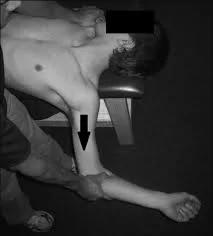
- Lie on a table on your back. Allow one arm to hang off the side with your shoulder positioned at the edge.
- Bend the elbow to 90 degrees so that the hand is facing the direction of your head.
- Have a partner gently press on the forearm of the hanging arm until you feel slight pressure at the front of the chest and shoulder.
- Hold for 30 seconds, and then repeat on the other side.
2. Doorway Stretch:

- Stand inside a doorway and place your arm inside the frame with the elbow and shoulder bent to 90 degrees — like half of a goal post.
- Lean into the doorway and rotate your free side away to increase the sensation in the chest.
- Hold 20 to 30 seconds, and then repeat on the other side.
Related pathology
Impingement syndrome:
Full abduction of the arm (180 degrees) is a result of movement occurring at two ‘joints’. One hundred and twenty degrees of abduction occurs at the glenohumeral joint. The remaining 60 degrees is a result of the scapula rotating on the posterior thoracic wall (or scapulothoracic joint). If this 60-degree rotation is limited or lost completely, moving the shoulder into full abduction can cause discomfort or pain.
Thoracic outlet syndrome (TOS):
This syndrome is the result of compression or irritation of the neurovascular structures that serve the upper limb. These include the brachial plexus and the blood vessels running to and from the arm (the subclavian and axillary arteries and veins). Historically, TOS has been associated with compression of these structures in three regions:
1) between the anterior and middle scalene muscles, and the 1st rib;
2) behind the clavicle;
3) in the subcoracoid space between the pectoralis minor tendon and where it attaches to the coracoid process.
FAQs
The majority of the pectoralis muscle’s functions are connected to scapular movement. It works in conjunction with the serratus anterior to protract the scapula or move it anteriorly and laterally against the ribs. Reaching the arm in front requires this motion.
The Pectoralis minor is a tiny muscle in the anterior chest wall that attaches from the ribs to the coracoid process of the scapula. It helps to protract the shoulders, stabilize the shoulder complex, and has a modest role in lifting the ribs during inspiration.
The small pectoralis minor muscle is located beneath the pectoralis major, which is the larger muscle. The anterior wall of the axilla region is made up of both muscles. Attachments: originates from the third through fifth ribs and fuses with the scapular coracoid process.
Pectoralis Minor Muscle Exercises
Chest dips: Similar to tricep dips, chest dips place more emphasis on moving the body forward.
Chest Press: Chest press exercises can be performed with free weights, a machine, or a resistance band.
a firm grasp a push-up.
Chest Fly.
Cable Crossover work: The best way to perform cable crossover exercises is using a cable machine, but free weights can also be used.

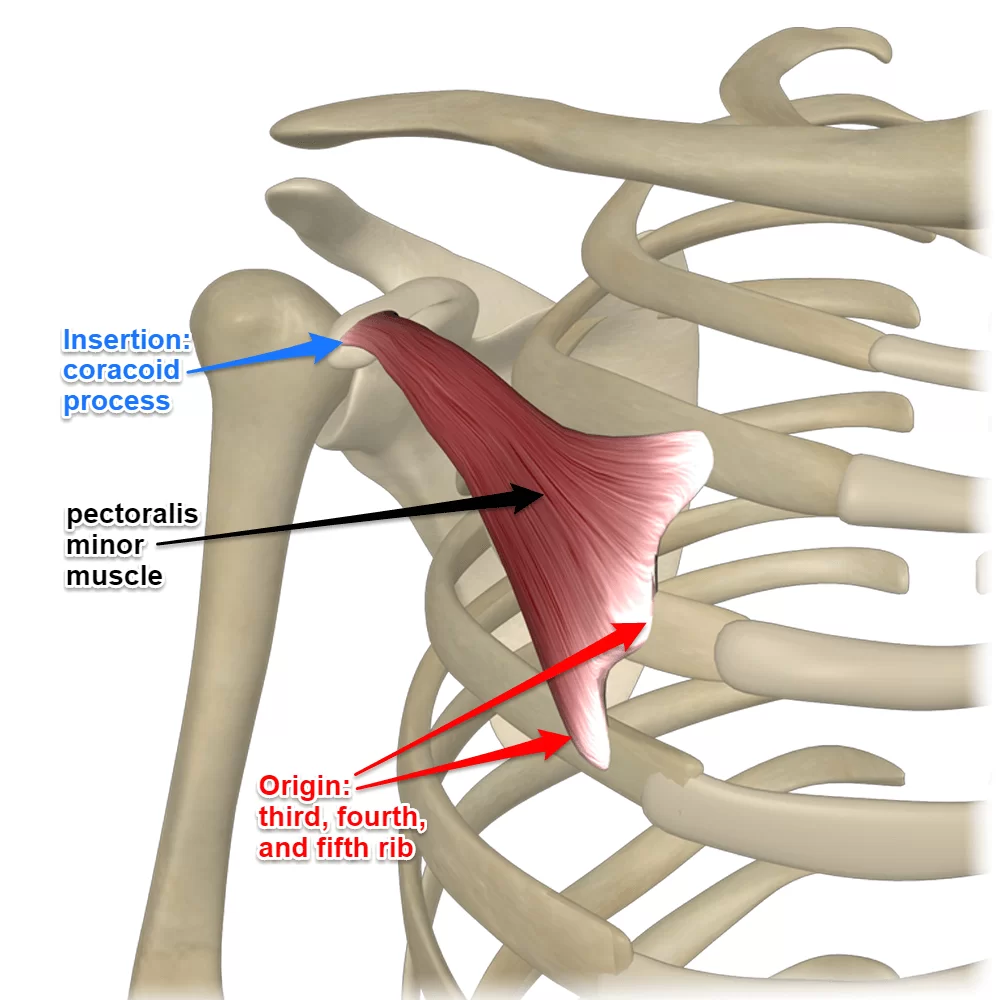
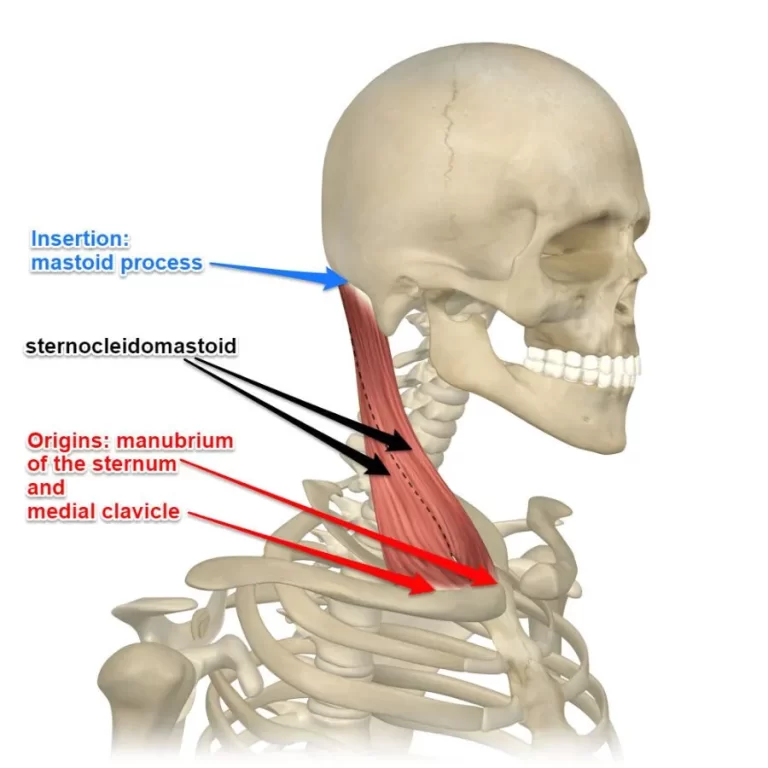
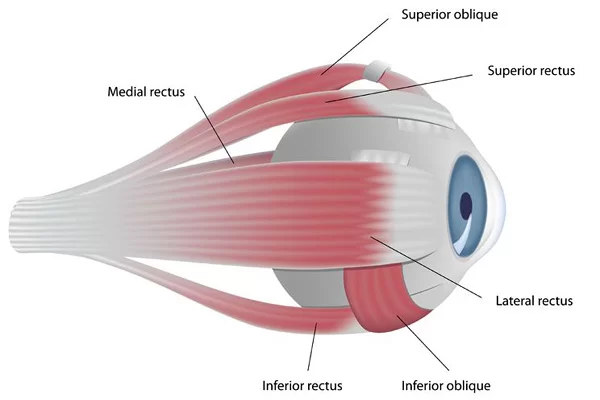
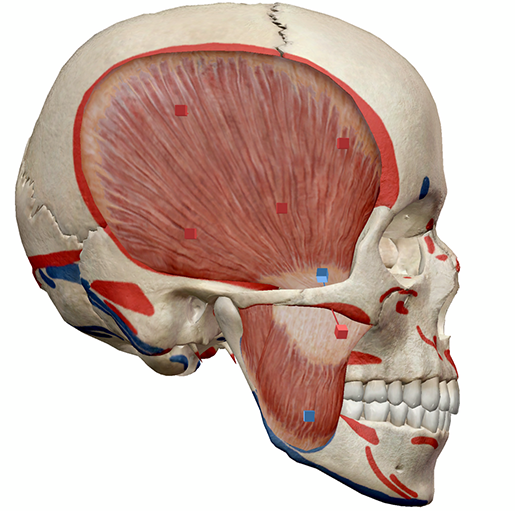
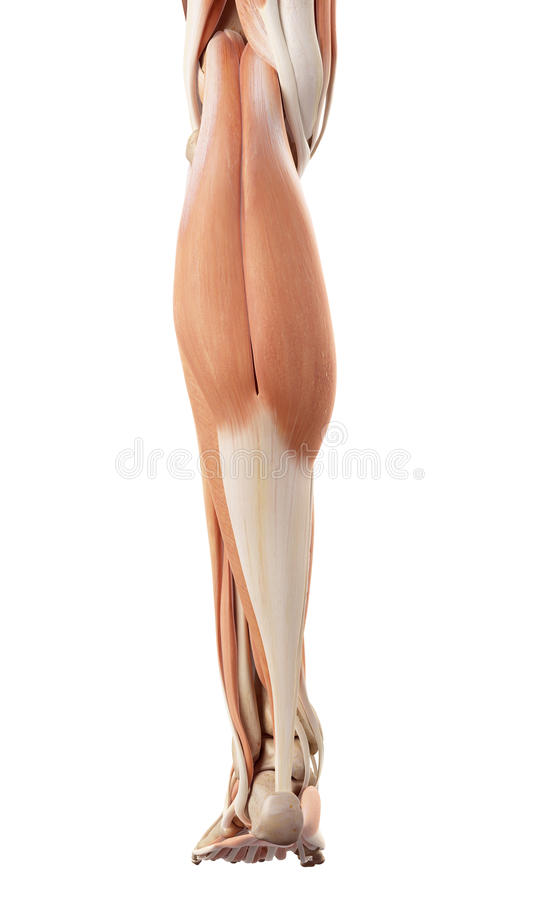

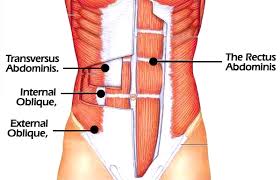
6 Comments